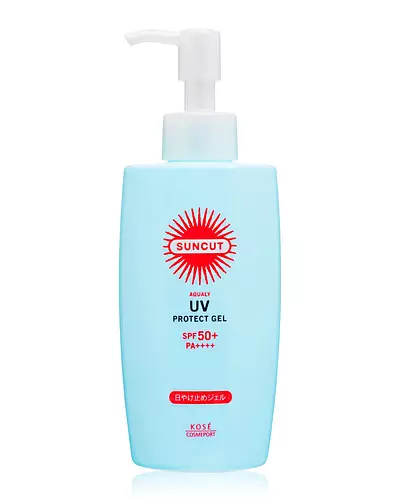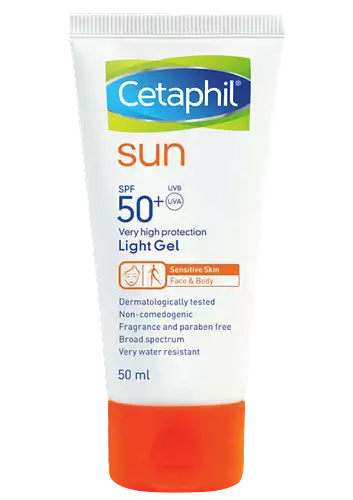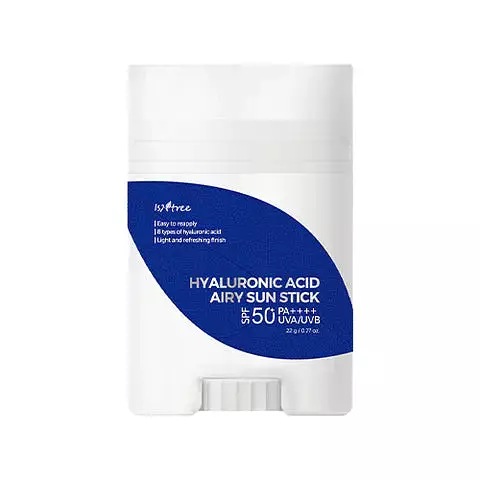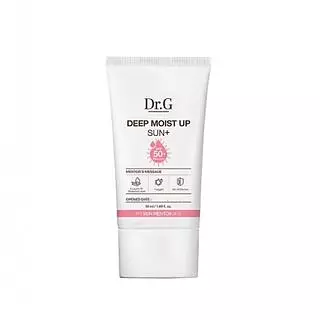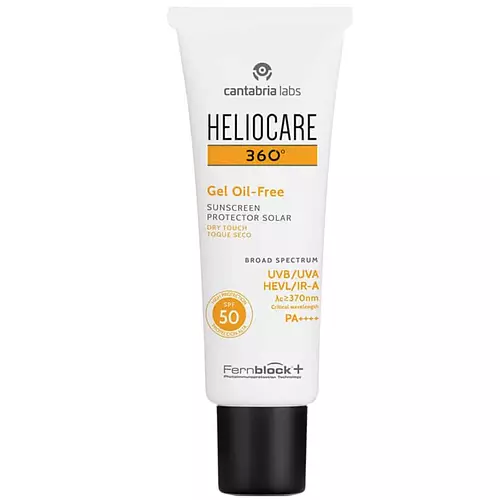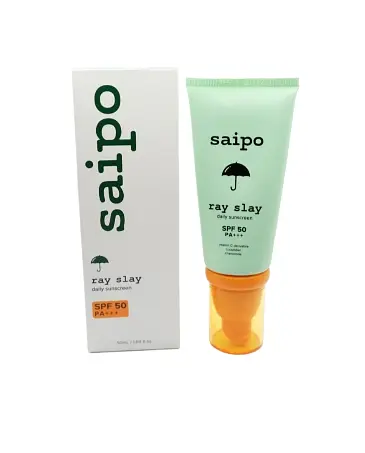Mary & May Vegan Peptide Bakuchiol Sun Stick SPF 50+ PA++++ Versus Biore UV Watery Gel Sunscreen SPF 50+ PA++++
Overview
What they are
These products are both cruelty-free sunscreens. They have a total of 7 ingredients in common
Cool Features
They both contain SPF
Suited For
They're both likely to be good for dry skin and brightening skin
Free From
They both do not contain any common allergens, oils, parabens or sulfates
What's Inside
They both contain silicones
We independently verify ingredients, and our claims are backed by peer-reviewed research. Spot a product that needs an update? Let us know.
Ingredient Info
Mary & May Vegan Peptide Bakuchiol Sun Stick SPF 50+ PA++++ 55 ingredients
Biore UV Watery Gel Sunscreen SPF 50+ PA++++ 36 ingredients
At a glance
Click on any of the items below to learn more
Mary & May Vegan Peptide Bakuchiol Sun Stick SPF 50+ PA++++ 55 ingredients
Biore UV Watery Gel Sunscreen SPF 50+ PA++++ 36 ingredients
Notable Ingredients
This product contains 3 ingredients that may have this attribute:
This product contains 1 ingredient that may have this attribute:
This product contains 1 ingredient that may have this attribute:
This product contains 1 ingredient that may have this attribute:
This product contains 23 ingredients that may have this attribute:
- Acetyl Hexapeptide-8
- Acetyl Octapeptide-3
- Nonapeptide-1
- Dipeptide-2
- Dipeptide-4
- Acetyl Tetrapeptide-2
- Acetyl Tetrapeptide-3
- Acetyl Tetrapeptide-5
- Acetyl Tripeptide-1
- Oligopeptide-6
- Copper Tripeptide-1
- Tripeptide-1
- Tripeptide-2
- Tripeptide-3
- Pentapeptide-3
- Hexapeptide-2
- Hexapeptide-9
- Dipeptide Diaminobutyroyl Benzylamide Diacetate
- Palmitoyl Dipeptide-7
- Palmitoyl Tetrapeptide-7
- Palmitoyl Tripeptide-1
- Palmitoyl Tripeptide-5
- Palmitoyl Pentapeptide-4
Benefits
This product contains 1 ingredient that may have this attribute:
This product contains 3 ingredients that may have this attribute:
This product contains 1 ingredient that may have this attribute:
This product contains 1 ingredient that may have this attribute:
This product contains 2 ingredients that may have this attribute:
Concerns
This product contains 2 ingredients that may have this attribute:
This product contains 1 ingredient that may have this attribute:
This product contains 1 ingredient that may have this attribute:
Notable Ingredients
This product contains 4 ingredients that may have this attribute:
This product contains 1 ingredient that may have this attribute:
Benefits
This product contains 1 ingredient that may have this attribute:
This product contains 1 ingredient that may have this attribute:
Concerns
This product contains 1 ingredient that may have this attribute:
This product contains 2 ingredients that may have this attribute:
This product contains 1 ingredient that may have this attribute:
This product contains 3 ingredients that may have this attribute:
This product contains 2 ingredients that may have this attribute:
This product contains 2 ingredients that may have this attribute:
Ingredients Side-by-side
Ingredients Explained
These ingredients are found in both products.
Ingredients higher up in an ingredient list are typically present in a larger amount.
Isopropyl Palmitate is a texture enhancer and emollient. It is an ester of isopropyl alcohol and palmitic acid.
Palmitates are emollients. Emollients help keep your skin soft and smooth by creating a barrier that traps moisture in.
When added to cosmetics, Isopropyl Palmitate creates a silky texture and improves spreadability.
Isopropyl Palmitate may not be fungal acne safe. It can worsen acne prone skin.
Learn more about Isopropyl PalmitateDiethylamino Hydroxybenzoyl Hexyl Benzoate (DHHB) is a chemical UVA absorber. It is formulated for high UVA protection (320-400 nm).
DHHB is well-liked for:
DHHB has been approved by the EU, Japan, Taiwan, and South America for use up to 10%. Unfortunately, it has not been approved for use in the US or Canada due to slow regulatory processes.
This ingredient is soluble in oils, fats, and lipids.
It is an UV absorber. UV absorbers are an agent that absorbs UV rays to protect your skin. They use chemical reactions to convert UV rays into heat and energy.
Learn more about Diethylamino Hydroxybenzoyl Hexyl BenzoateEthylhexyl Triazone is a modern chemical sunscreen that protects from UV-B radiation.
It is the most effective of existing UV-B filters, as it provides the highest level of photo-stable absorption. It protects from the entire UV-B range (280 to 320nm), with it's highest level of protection at 314nm.
Ethylhexyl Triazone is oil soluble, oderless and colorless, which mean it is able to be incorporated into a variety of different formulations.
It is not currently available within the United States due to slow changing FDA regulations. Outside of the US, it is used in formulations at concentrations up to 5%.
Learn more about Ethylhexyl TriazoneYou might know this ingredient as Tinosorb S or Bemotrizinol. It is a UV filter that covers both UVA and UVB rays.
Bemotrizinol has two peak UV absorption peaks ( 310 and 340 nm) and is able to absorb both UV-A and UV-B rays. Skin exposed to UV causes free-radical molecules to form. This ingredient works by preventing the UV from reaching your skin.
It is highly photostable and helps prevent the photodegration of other sunscreen ingredients such as avobenzone.
Bemotrizinol is not approved in the US but is allowed in the EU, Australia, and Asia.
In fact, it is the most effective UV absorber at maximum concentration (measured by SPF) permitted by in the EU.
It is oil-soluble.
Learn more about Bis-Ethylhexyloxyphenol Methoxyphenyl TriazineVinyl Dimethicone is a type of silicone.
Butylene Glycol (or BG) is used within cosmetic products for a few different reasons:
- It is a solvent, meaning that it helps to dissolve other ingredients. This also enhances the absorption of the product into one's skin.
- It is a humectant, which means that it helps attract moisture into the skin.
- It helps improve product application.
Overall, Butylene Glycol is a safe and well-rounded ingredient. It is unlikely to irritate skin, and works well with pretty much all other ingredients.
Water. It's the most common cosmetic ingredient of all. You'll usually see it at the top of ingredient lists, meaning that it makes up the largest part of the product.
So why is it so popular? Water most often acts as a solvent - this means that it helps dissolve other ingredients into the formulation.
You'll also recognize water as that liquid we all need to stay alive. If you see this, drink a glass of water. Stay hydrated!
Learn more about WaterIngredient Ratings
Here's what our community thinks of the ingredients in these products.
When to use
Mary & May Vegan Peptide Bakuchiol Sun Stick SPF 50+ PA++++ 55 ingredients
Biore UV Watery Gel Sunscreen SPF 50+ PA++++ 36 ingredients

Reviews
Here's what our community thinks
Mary & May Vegan Peptide Bakuchiol Sun Stick SPF 50+ PA++++ 55 ingredients
Biore UV Watery Gel Sunscreen SPF 50+ PA++++ 36 ingredients
Danananana
Best Sunscreen
Provides ample skin protection and coverage, pleasantly melts into skin and leaves no stickiness and discomfort of something being...
Best Sunscreen
Provides ample skin protection and coverage, pleasantly melts into skin and leaves no stickiness and discomfort of something being on the face. Easily applied all over with watery gel texture. Pleasant smell that does not overwhelm and fades, with no irritiation. Also very affordable.
tofunway29
New formula has tone-up and I dont like it.
I had used 3 bottles of this in last couple of years. But the one I bought in 2023 has tone-up and it...
New formula has tone-up and I dont like it.
I had used 3 bottles of this in last couple of years. But the one I bought in 2023 has tone-up and it has quite sticky texture to touch. My skin is super oily and has yellow complexion, that's why I don't want tone-up. Overall, it is still a very good product.
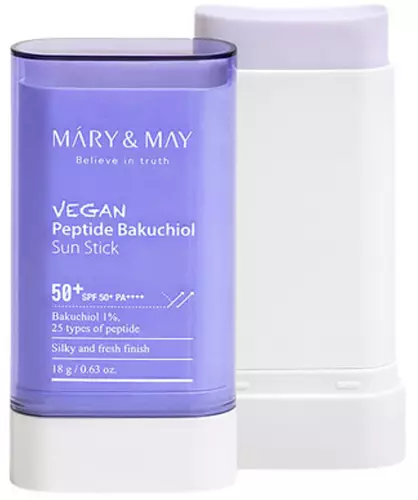
.jpeg)

.jpeg)



